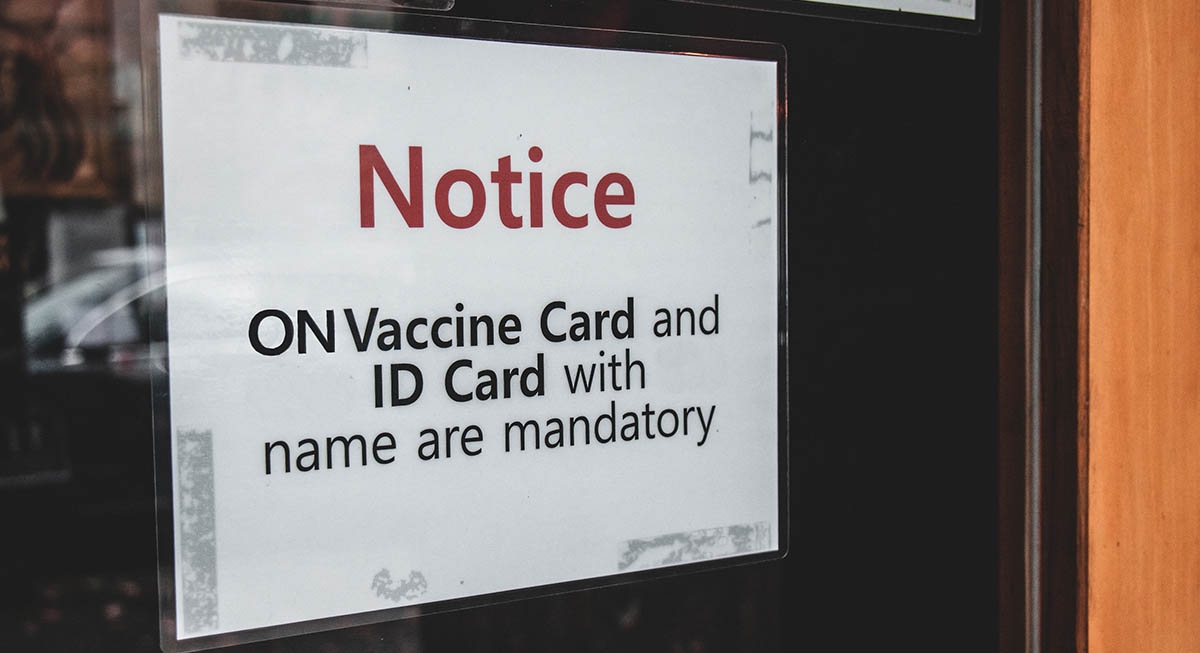
Is Waiting Longer for New Prescription Drug Approvals Necessarily a Bad Thing?
Why Canada’s ‘slow and low’ approach to new pharmaceuticals may be the prudent approach.
The newest report from Canada’s brand name drug makers on access to new drugs has one key message: compared to other countries, Canada goes slow and low. New drugs are slower to be covered by our provincial drug plans and the numbers of people who get access to new drugs are lower than in other countries. The report is undeniably negative: Canadians are suffering because our governments don’t provide timely access to new medicines.
Produced by Rx&D (the association of Canada’s brand name drug manufacturers), the report ranks Canada 17th out of 18 industrialized nations in terms of new drug reimbursement—with only 23 percent of new medicines covered across the country (it is closer to 90 percent in the U.S.). As far as the time it takes between when a drug gets approved by Health Canada and when the provinces start paying for it, Canada ranks 16th of 18 countries.
Canada’s drug makers believe that drug plans in Canada should be more generous and access should be simplified so when new and innovative medications come along—those to conquer cancer, heart disease or other life-threatening conditions—government health plans should quickly pay for them. After all, if they extend the length and quality of our lives, we citizens deserve them, right?
But here’s the rub: what prescribers know about the potential benefits and harms of a new drug when they arrive on the market is often uncertain or problematic. Often new drugs are studied for a shorter period of time and with a very specific population, so end up with biases, there’s sometimes unpublished data and frequently we don’t have a full sense of the overall safety of the drug in the real population.
Canada is not wrong to be prudent in taking our time to decide how, or if, a new drug needs to be covered—a precautionary approach is just the smart way to go. Take for example the widely prescribed arthritis drug Vioxx, which caused as many as 60,000 excess heart attack deaths in North America according to some estimates. Those Canadian provinces who were more restrictive in covering it (such as BC) likely had proportionally fewer deaths caused by the drug.
Lately we’ve heard a lot about cancer in Canada from a new report that says the number of new cases of cancer will rise dramatically over the next 15 years. The rise in cancer rates will be due mostly to baby boomers acquiring more diseases of aging, says the report—and this will drive the demand for more and more effective cancer drugs.
But there is plenty to suggest caution in approaching this new reality. A recent article in the British Medical Journal by two noteworthy pharmaceutical industry analysts, Donald Light and Joel Lexchin, made the case that cancer drugs are often rushed to market and have faster approvals even when they provide very little gain for patients.
Their study, “Why do cancer drugs get such an easy ride?” examined nearly 9,000 oncology clinical trials conducted between 2007 and 2010 and compared those studies to drugs for other diseases. They found that cancer drugs were almost three times less likely to be evaluated in randomized studies or tested against comparator drugs, and were more likely to be ‘fast-tracked’ in approvals than other drugs, casting doubt on the long-term benefit and safety of the drugs.
Then there’s a little bit of sleight of hand around what’s being measured. Does it matter if a clinical trial of a new cancer drug gets approved because it changes a surrogate outcome (that is, it shrinks a tumour) as opposed to doing something meaningful (such as making the patient live longer or healthier)? The reality is that many cancer drugs can shrink tumours quite effectively (and expensively) but may not change the length of a person’s life, while possibly turning the last few months of a person’s life into medically-intensive misery.
There is some good news here because the age-standardized death rates from cancer have been falling quite rapidly in Canada. Compared to other industrialized countries, Canada has relatively good cancer care outcomes: above average survival and generally about average mortality compared with other OECD countries.
We all want access to newer and better drugs but could we better spend our cancer budgets towards an array of non-drug options that improve the lives of people with cancer? Do we want to continue to allow expensive drug intensive therapy to eclipse all the other things we could do for cancer patients and their families?
Wildly expensive new cancer drugs are eating a growing share of our healthcare dollars and provinces are clearly voting with their budgets, going slow and low on approvals and coverage of new therapies. Canada’s drug manufacturers are condemning us for this approach, but they’re wrong — regardless of how strenuously they try to paint Canadians as poor suffering underdogs with stingy and heartless healthcare systems.
 Alan Cassels is a pharmaceutical policy researcher in Victoria and an expert advisor with EvidenceNetwork.ca.
Alan Cassels is a pharmaceutical policy researcher in Victoria and an expert advisor with EvidenceNetwork.ca.










